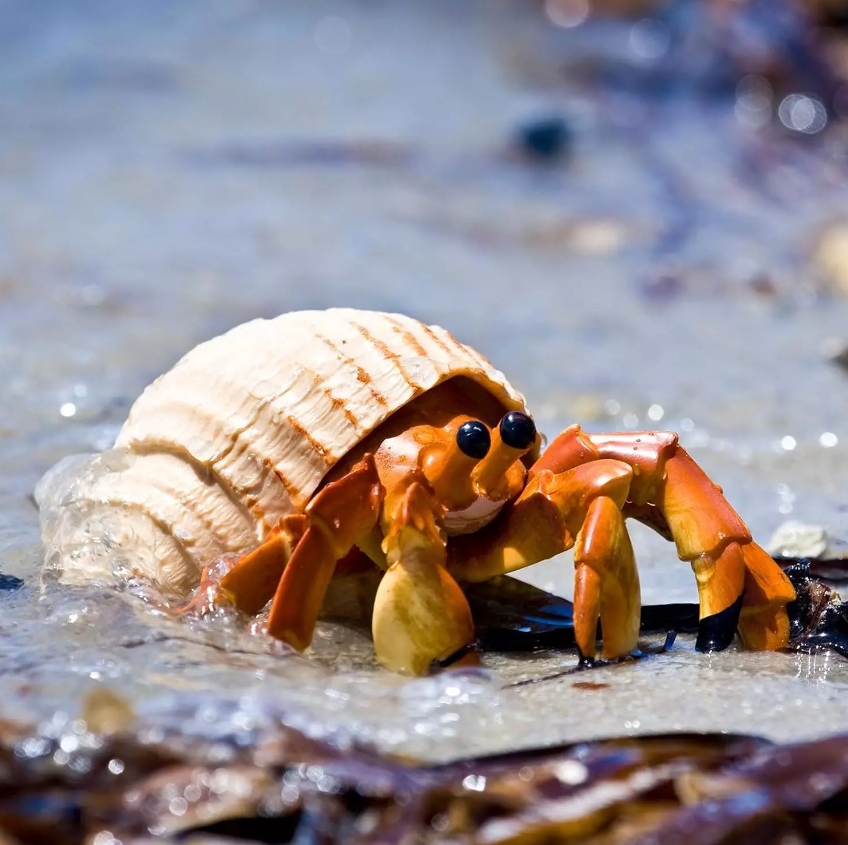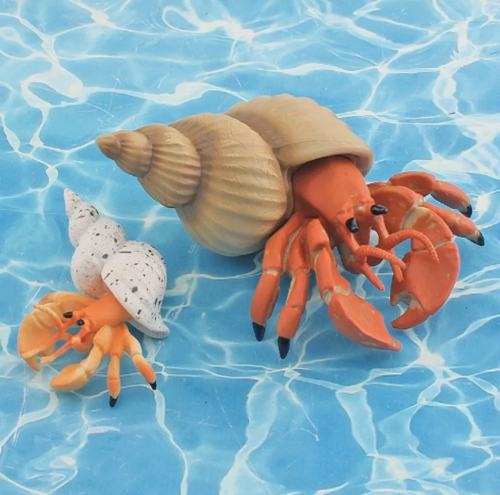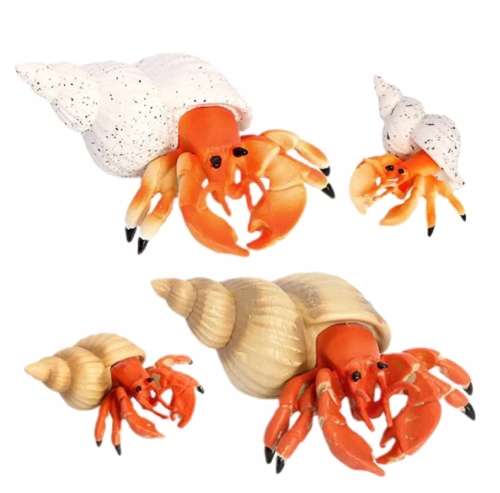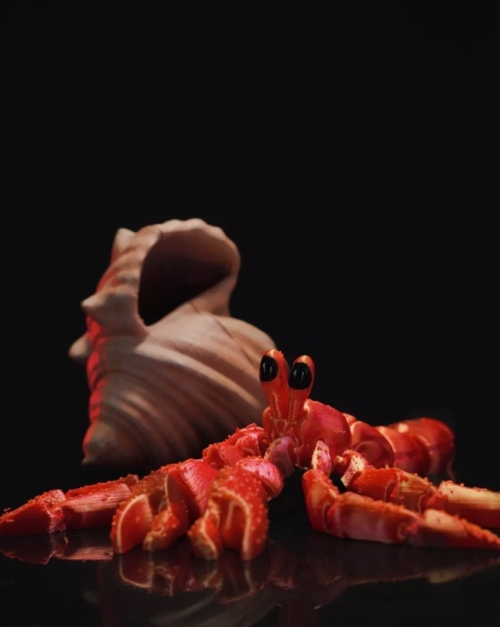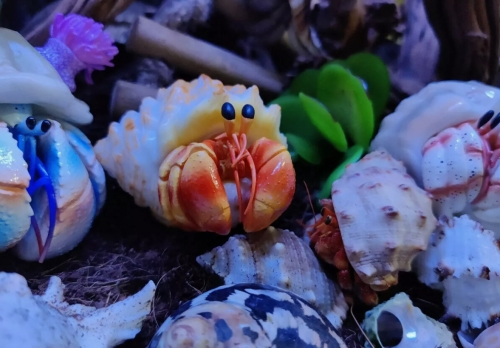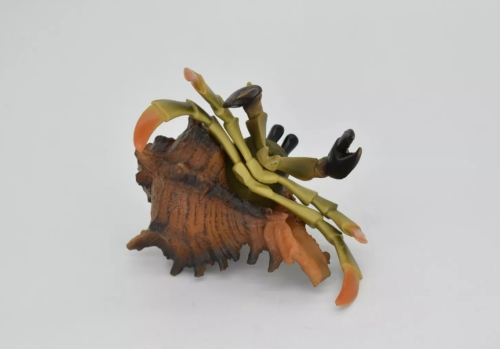Hermit crabs are interesting Marine creatures known for their unique lifestyle and ability to adapt. They do not own their own shells, but rely on picking up and modifying the shells of other animals to protect themselves. This survival strategy not only demonstrates the hermit crab's flexibility in adapting to the environment, but also reflects its important role in the ecosystem.
The hermit crab's lifestyle can be seen as a biological model that encompasses a variety of relationships such as borrowing, cooperation, and competition. In complex Marine ecosystems, hermit crabs are able to effectively protect themselves from predators by choosing the right shell. Shell size and shape are critical to the survival of hermit crabs, so when selecting, they tend to show a high degree of sensitivity, carefully evaluating each potential shell.
In the search for a new shell, hermit crabs undergo a series of competitive and selective behaviors. Some species of hermit crabs engage in "shell swapping" with other individuals, a cooperative behavior that not only improves each other's chances of survival, but also promotes the overall population's resilience. This behavioral model provides valuable insights into the interactions between animals, revealing the importance of biodiversity and ecological balance.
Hermit crab survival strategies can also be extended to other fields, such as economics and environmental science. In the case of limited resources, how to effectively use existing resources for self-protection reflects the wisdom of organisms in the process of evolution. Their behavior can serve as an ecological and economic model to inspire people to seek innovative and flexible solutions to challenges.
In addition, hermit crabs play an important role in the ecosystem, helping to maintain the health of the Marine environment by cleaning up benthic debris. Their presence not only enriches the bottom habitat.

